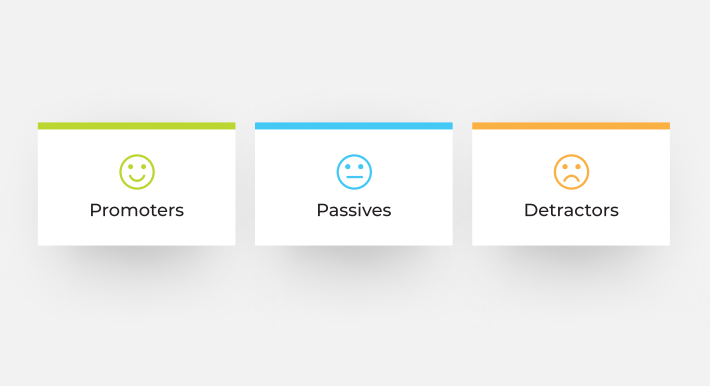Take a good, hard look at your business. Are you customer-centric? Are you led by what your customer thinks, or by the bottom line?
For some businesses, customer experience isn’t their driver. For big discount retailers who have the “stack ‘em high, watch ‘em fly” mentality, customer experience isn’t at the forefront of what they want to do. They’re less concerned about whether they make a great impression or not because they have leeway on price. They know that if they can be cheaper than their competitors and market that well enough, they’ll succeed.
However, for most businesses, competing on price is no longer an option. As Amazon and other low-cost online retailers undercut virtually all of the competition, having a successful customer experience (CX) strategy is key.
So how do you establish a strong customer experience strategy?
Be honest about your business
Just about every business in the world has in their mission statement that they provide great customer service, but does your company actually follow through? Is the customer really at the heart of your business, or are your decisions driven by the finance or operations department? Do you talk about the customer every day, or just look at what they think once a quarter?
Take a good hard look in the mirror and consider how you would honestly answer those questions. Identify the areas in which you are focusing on customers and the aspects where you’re driven by other considerations.
If the customer isn’t close by every key decision, then you’d have to seriously question whether you are truly customer-centric. That’s why, for a successful CX strategy you must…
Put the customer at the heart of every major decision
When your CFO tells you that something’s wrong, you do something about it immediately. And when making decisions that affect the company, you will without a doubt be taking into account the financials – so why not your customers?
In our experience, the most successful businesses in the world are the ones who genuinely talk about the customer in every major decision. If you’re changing a major system or process, think about why you’re doing it. Yes, you can do it for business efficiency reasons but is the ultimate goal to deliver a better outcome to the customer? How will this choice affect your customers?
By consistently asking yourself whether decisions will serve your customers in the best way possible, you’re arming yourself to make great customer-centric decisions.
Find out what your customers think and feel
Without visibility, it’s easy to ignore the customer.
Do you have a customer experience measure built into your business? Are you reporting on this? How high up is it being reported? To only your store manager, or right up to your board?
Because customer experience is intangible, it’s difficult to see or know what the customer thinks; in other words, it’s easy to ignore. Unlike your financials, which are easy to report on and measure, there’s no one stock standard way to measure customer experience yet.
But having a CX measure in your business is key – whether it’s NPS (Net Promoter Score) or another measure, having this data keeps you honest and gives you the insights you need to actually make customer-centric decisions.
Link your measure to KPIs, and report up to the highest level – you’ll be surprised what a different some honest numbers make.
Appoint someone to be responsible for it
These days, we’re seeing many more businesses appointing Customer Experience Officers, or someone who is held accountable for customer experience across the whole business.
We love seeing this step, but in reality, one person can’t be fully responsible for customer experience. For a customer experience strategy to work, it has to be implemented company-wide; it has to be part of the company’s DNA.
The best customer experience happens when that culture comes from the top down. If your people at the top are talking about the customer all the time, discussing what they can do to be better, and learning from things that aren’t going well, that’s when you know you’re really embedding a customer experience strategy. When it’s part of the daily fabric of the business, you know it’s being successfully executed.
Recognise that it’s a journey, not a goal
Having great customer experience is aspirational – it’s something that you should always strive for, but will never complete. Think of it like staying fit – you have to keep going to the gym and changing things up to continuously get results.
Just like your fitness, customer experience is something you need to consistently work on as opposed to something that you can tick off your list. Work on putting habits in place that will continuously challenge you to do better – make it part of your processes and systems to fully embed it into the day-to-day of your business; share daily reports and set aside time each day for your managers to take action based on the findings. Regularly reward those who are achieving high customer satisfaction scores, or make sure you’ve got processes in place to deal with any issues.
As retail changes, the only reason many people are going to come in-store is for the customer experience. When they can buy it cheaper on Amazon, why would they buy it from you? The difference is customer experience – and to create a fantastic customer experience, it must be your leading strategy. Only with a commitment to continuous improvement and keeping the customer at the heart of your business will you succeed. So be honest – are you truly customer-centric?
Create a winning customer experience strategy by putting the voice of the customer at the heart of your business – book a free demo of Customer Radar today.






